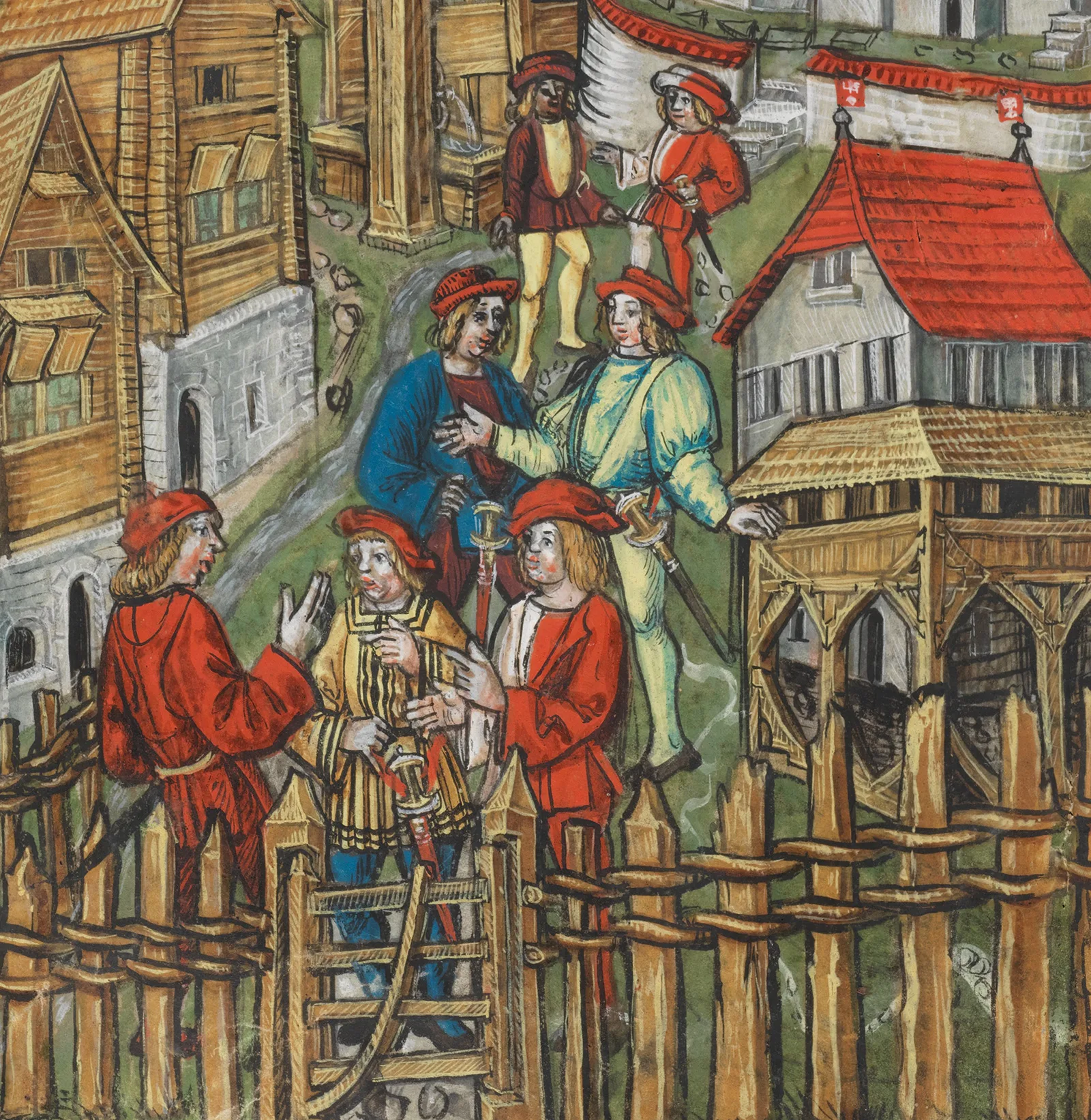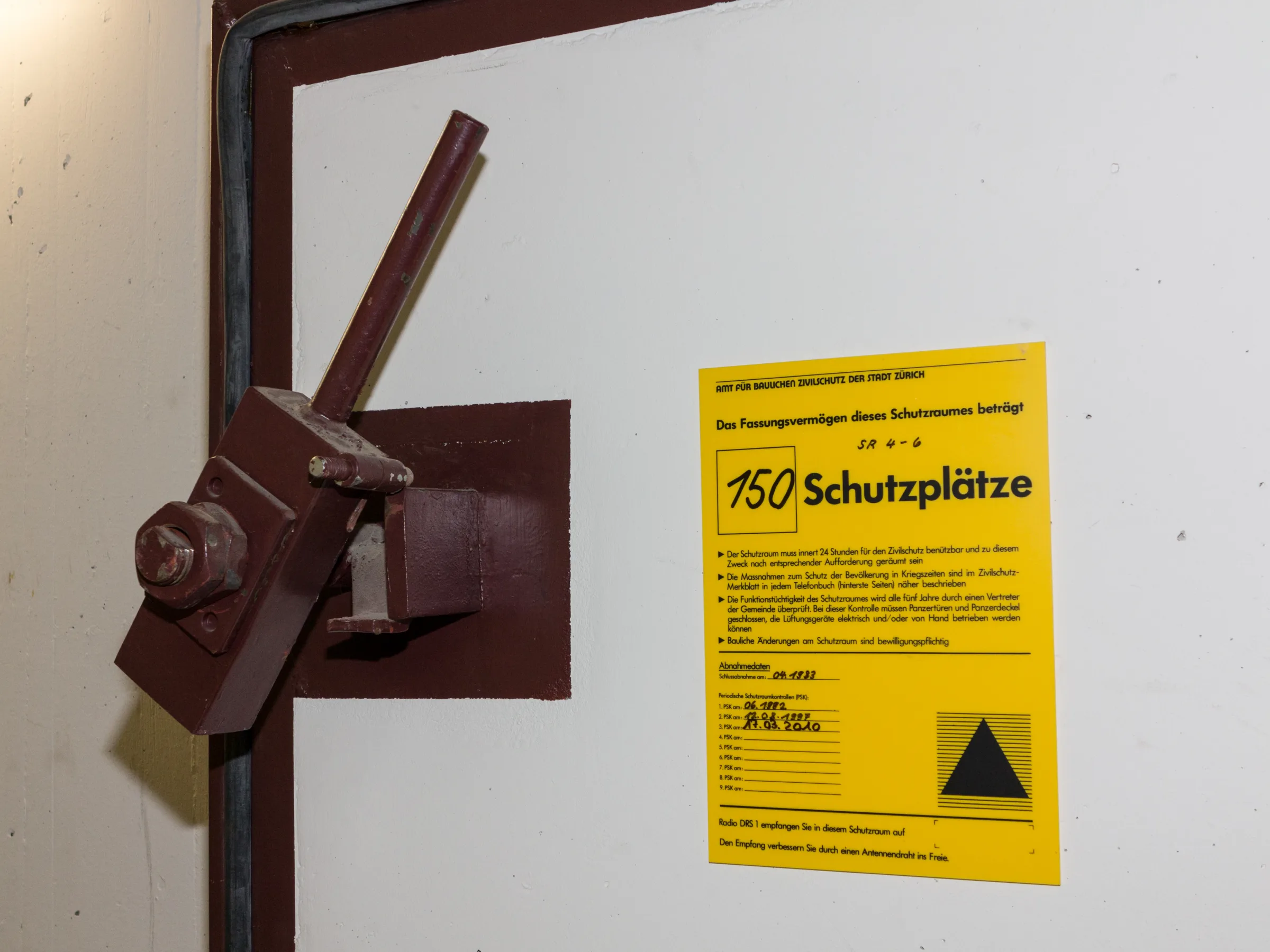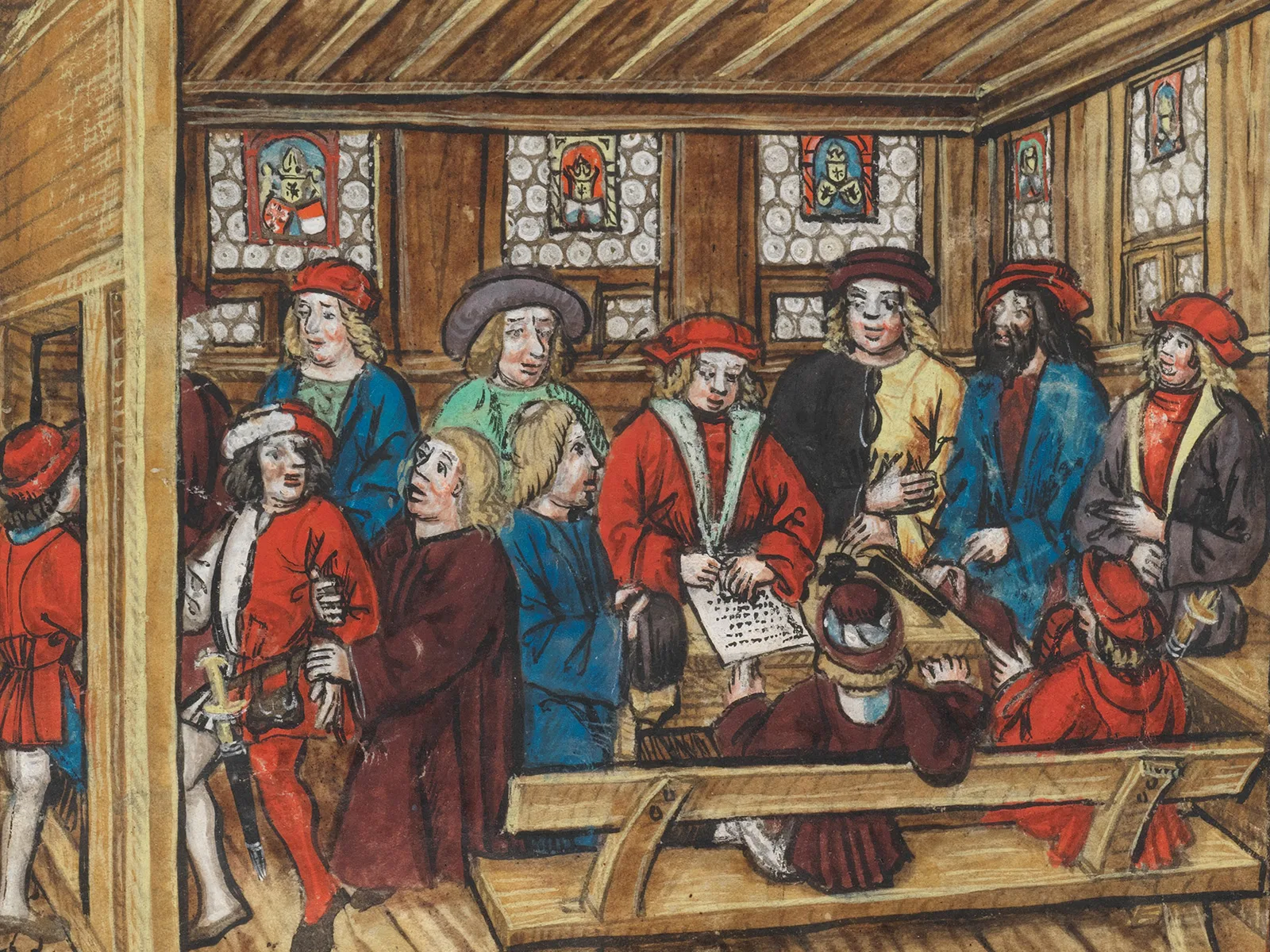
Stans 1481 – perhaps that’s us
Five years of acrimonious struggle, city-cantons versus rural cantons, six attempts at a resolution, and finally an agreement stamped with the seals of the eight old towns, valid at the same time for the two new ones, Fribourg and Solothurn. It’s pretty special. It’s probably part of who we are, even now. A derivation with possible interpretations.
Burgundy. Bern. War


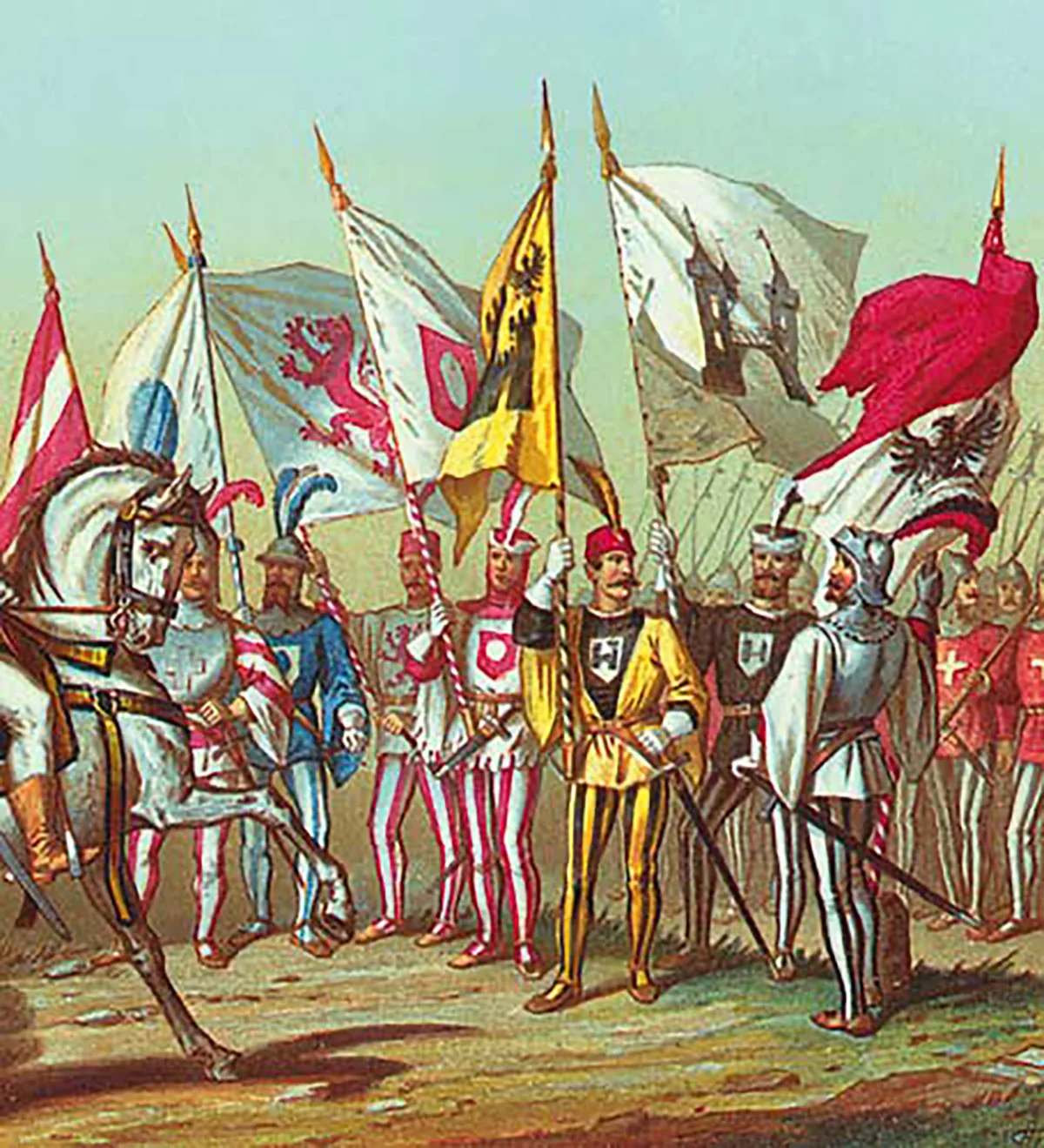
Jerusalem in the West
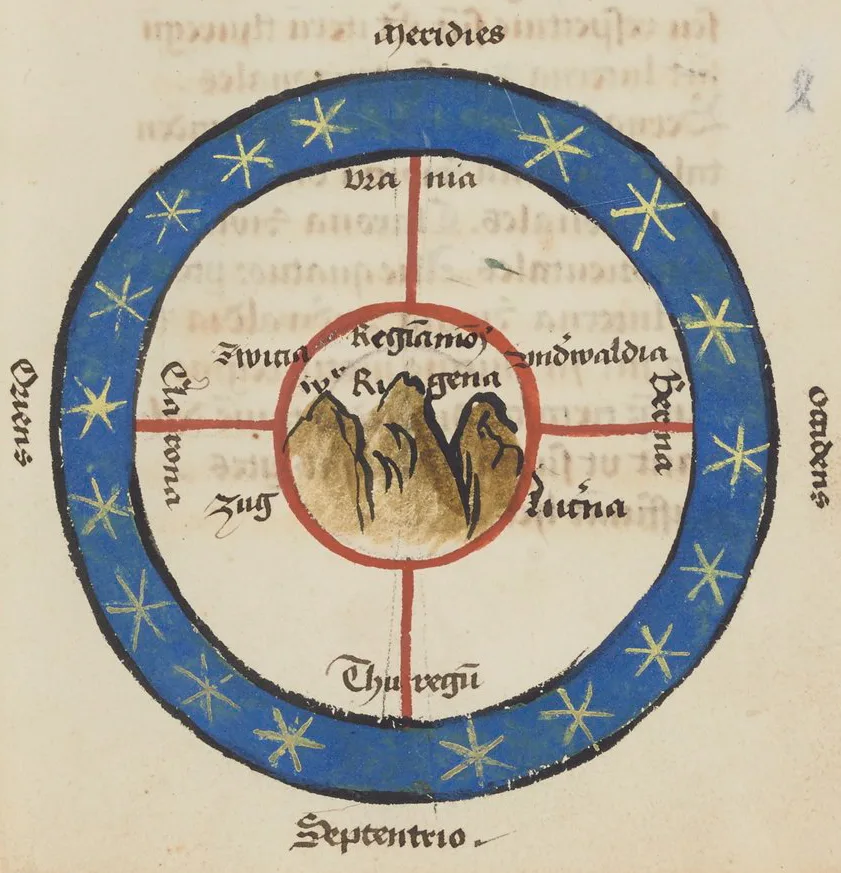
Bands of fighters

A split?
The Kolbenbannerzug, the club banner campaign, prompted Bern, Lucerne and Zurich to form an alliance, known as a Städtebund, with Fribourg and Solothurn, both of which were not yet part of the Confederacy in 1477. The citizens of each individual city thus also became citizens of the other four cities. This led to fierce disputes with the five Landorte, the rural cantons, especially with Uri, Schwyz and Unterwalden. Because of its Landsgemeinde or “cantonal assembly”, Zug counted as a Landort. After a tough battle, and thanks also to the mediation of Brother Klaus, a solution was found at the Tagsatzung in Stans in December 1481. Kurt Messmer / Swiss National Museum

Squaring the circle
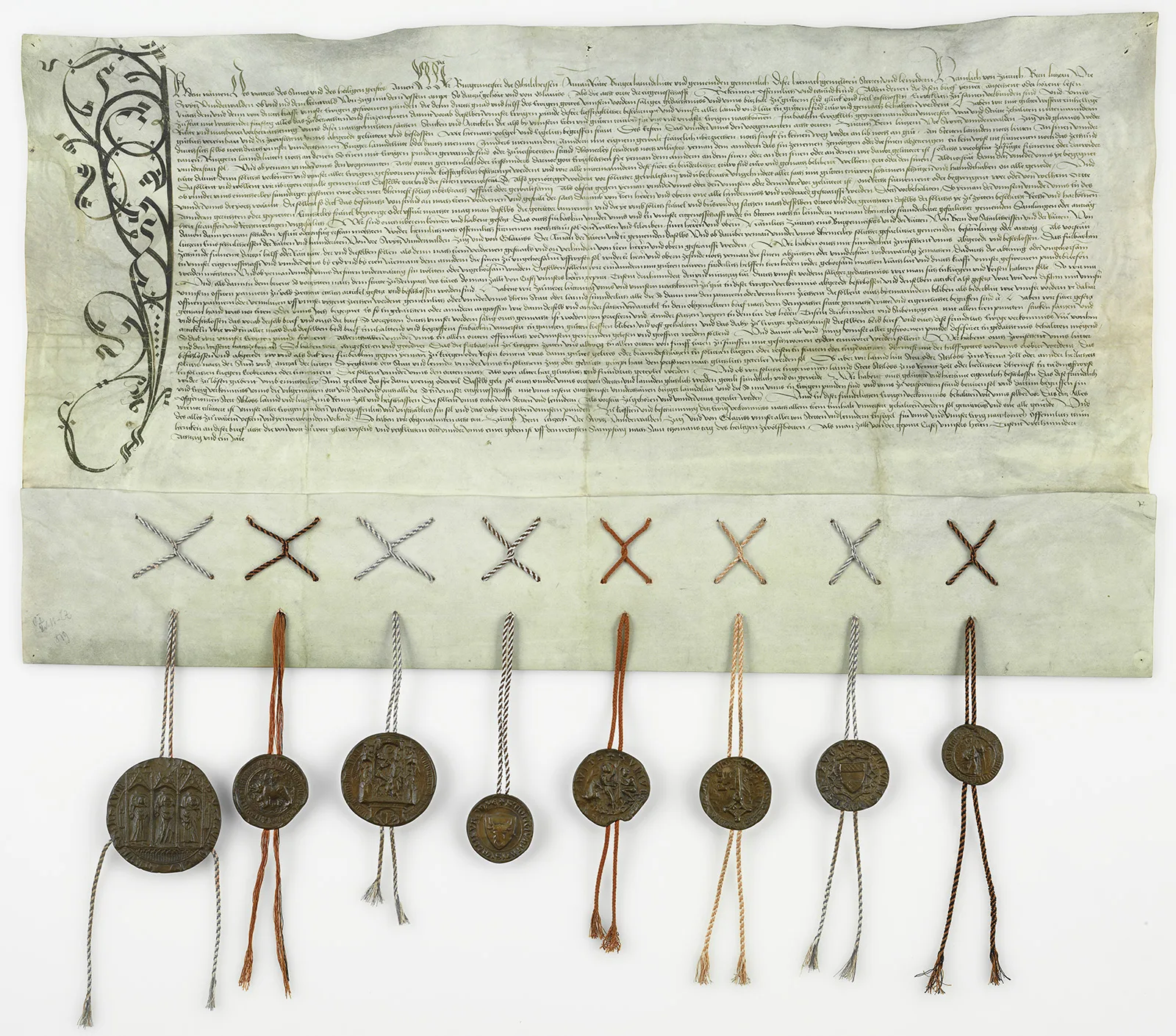
Power cartel
